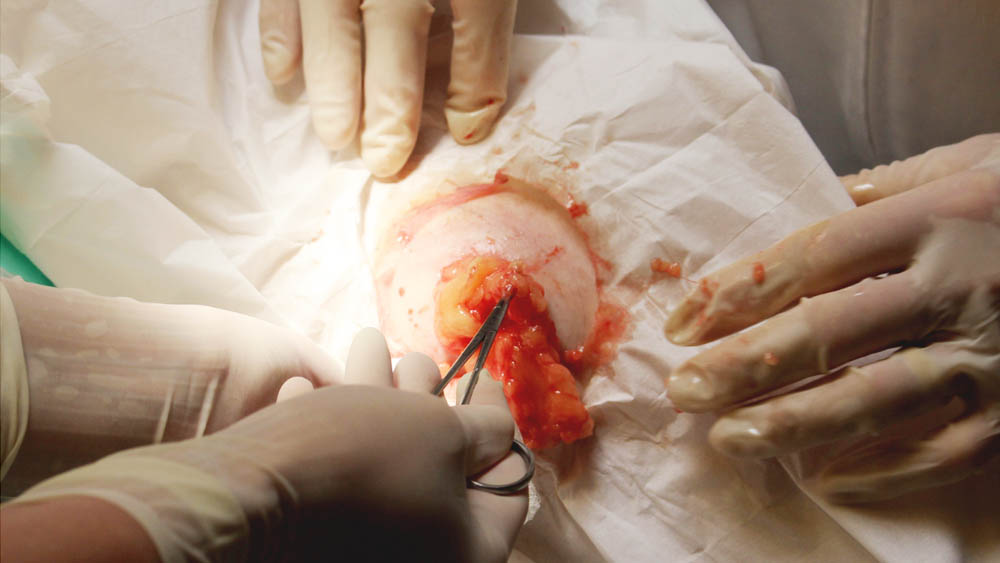Let’s Talk About Lipomas
GET DIAGNOSED
Share on facebook
Facebook
Share on twitter
Twitter
Share on linkedin
LinkedIn
Lipomas and lipedema are commonly confused and understandably so. While both conditions are related to acute fat deposition dysfunction, they’re not mutually exclusive.
Lipomas are visible, fatty lumps situated between the skin and underlying muscle and are usually slow-growing and comparatively harmless. They’re commonly found in many middle-aged men’s and women’s necks, shoulders, back, stomachs, arms, and thighs. These benign, fatty tumors usually don’t require treatment unless they become painful or aesthetically bothersome, for which surgical removal is available. While medical professionals aren’t entirely certain of the causes and origins of lipomas, it’s believed the condition carries a genetic link. Often small and sprouting in clusters, lipomas don’t typically cause discomfort unless they’re located near bunches of nerves or contain an abundance of blood vessels. SOURCE
The Lipoma Link to Lipedema
Here’s the lowdown on lipomas and their apparent link to lipedema. Not all lipedema patients have lipomas, and not everyone who develops lipomas has lipedema. Both conditions are driven by an abnormal accumulation of adipose (fatty) tissue, and both conditions appear to be hereditary in nature. Non-mutually exclusive, as one patient with lipedema, can also have one or more lipomas, while another lipedema patient may never develop a single lipoma. However, all lipedema patients have “fat nodules,” which are pea-sized, painful bumps of subcutaneous fat that accumulate under the skin in lumpy, bumpy clusters and are akin to the feel and texture of a bean bag. Lipedema fat nodules are almost always painful to the touch, causing bruising, swelling, and skin tenderness. In contrast, lipomas rarely cause pain unless they’re in close proximity to other nerve-rich tissue.
Lipoma Removal
As previously stated, lipomas are rarely cancerous or life-threatening, though they may cause cosmetic discontent for those who have developed them. Depending on the size and severity of the lipoma(s), there are typically two different types of surgical removal to rid of lipomas and their unappealing aesthetic for the individual:
- Excisional Surgery
Performed under local anesthesia, this straightforward method involves surgically making an incision into the skin and then manually squeezing out the lipoma.
- Liposuction Surgery
If lipomas reach 4 cm or more in size or a bundle(s) begins to form, liposuction surgery becomes the better option for successful removal with little chance of recurrence. The benefits of liposuction for lipoma removal include decreased surgery time, a shorter, diminished scar, better final contour of the remaining skin and tissue, and the ability to remove multiple lipomas through a single incision (less scarring). Moreover, liposuction surgery ensures a lower recurrence rate and minimal malignancy potential should recurrence materialize. SOURCE
Conclusion
As discussed, lipomas and lipedema are conditions entirely independent of one another, though they share the common denominator of fat accumulation abnormality. While lipomas rarely pose any life-threatening health risks, they can elicit cosmetic concerns due to their unsightly appearance. If you think you may have developed lipomas and would like to discuss your options for their safe, surgical removal, we invite you to call our Beverly Hills office or fill out the form below to set up a personal consultation with the world-renowned leader in lipedema research, treatment, and awareness, Dr. Jaime Schwartz.
If you feel you may benefit from lipedema revision surgery and would like to book a consultation with Dr. Jamie Schwartz to evaluate your current physical situation, as well as your medical and lipedema surgical history, be sure to contact our office to speak with any one of our compassionate, highly-knowledgeable staff members. We look forward to hearing from you and we’re always here to help.

